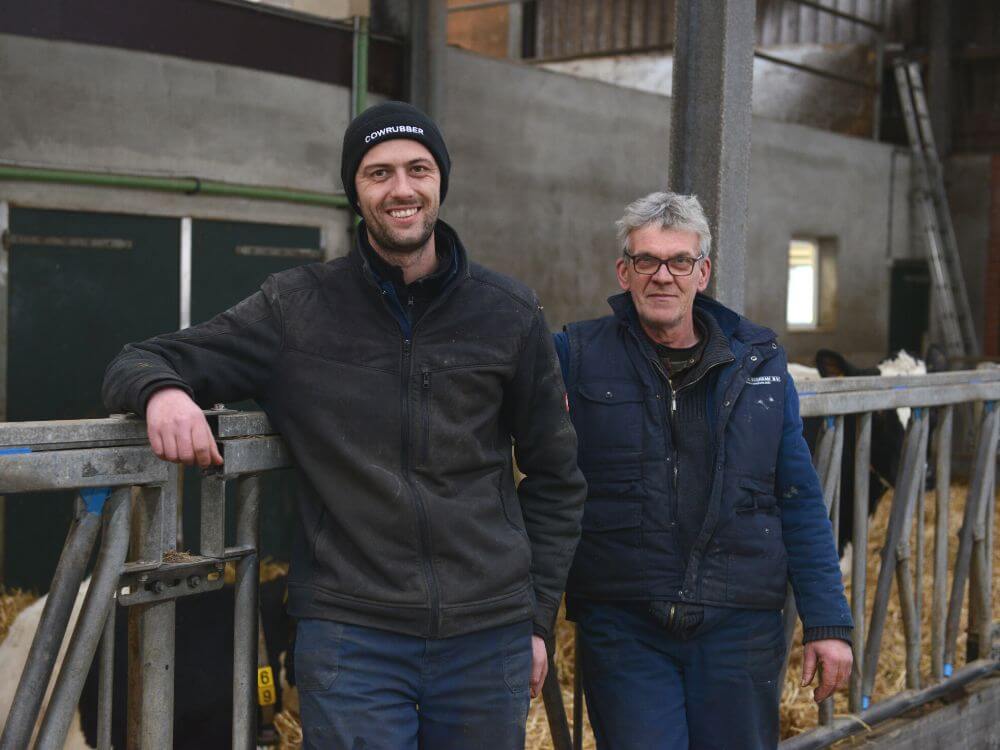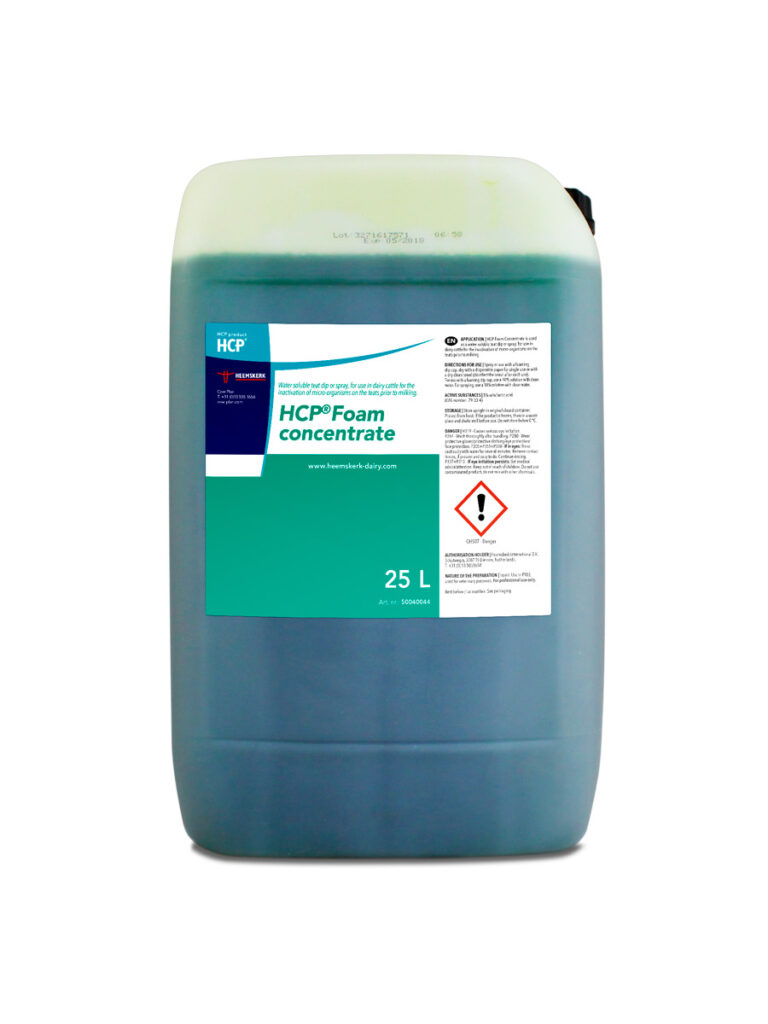Drying off, go for certainty
After an extensive test phase, TEATsealer was launched on the market last autumn. This antibiotic-free suspension is used to dry-off and provides a skin-caring seal of the teat. The results from the test phase are positive and the first users praise the ease of administration and a colostrum milk without residues from a teat sealer.
In the test phase, 116 cows on 10 different farms were dried-off using TEATsealer. According to the guidelines, antibiotics were used curatively in addition to TEATsealer. The somatic cell count of all cows was recorded before drying-off and after calving. The limit value used was 150,000 cells. In the test, 85 animals had a somatic cell count below 150,000 before dry-off. Of these, 71 animals at the first measuring moment after calving had a somatic cell count below 150,000 and 14 animals (16%) above 150,000. On average in the Netherlands, 21% of animals become infected (at a limit value of 150,000 cells). Conversely, among the animals that had a somatic cell count above the limit before the dry period, we saw that with 68% of the cows the somatic cell count dropped below 150,000 cells after calving.
85% from high to low
If the limit is set at 200,000 cells, 85% of cows had a somatic cell count after calving below the limit. During the dry period evaluation, the Animal Health Service states that the percentage of animals that enter the dry period with an increased somatic cell count (> 250,000 for a cow and > 150,000 for a heifer) and have a low somatic cell count (< 250,000 cl/ml) after calving should be more than 70%. In the test phase, this limit was easily met.
Rely on TEATsealer
Jan Franke from Ochtrup, Germany, was one of the farms where TEATsealer was tested. The somatic cell count before and after the dry period was monitored. After a successful trial period, it was not long before the first order for TEATsealer followed. ‘There is nothing more irritating than a cow calving with an increased somatic cell count,’ Franke says. The originally Dutch dairy farmer milks 250 cows together with his partner Christian Haarman. For a year now, he has relied on TEATsealer protection during the dry period. ‘I aim for certainty. Cows with a high somatic cell count and problems in the past I treat with antibiotics and dip after with Udder Dry. For cows with no somatic cell count problems and where production has already dropped sufficiently, I rely on TEATsealer’.
Easy and no residue
Six weeks before the calving date, Jan dries-off his cows . ‘Two to three days before the dry-off date, I put the cows on water and hay to reduce milk pressure. The following day, I milk them one more time until production has dropped to 10-12 litres and then I dry her off’. After the cow is properly milked, he disinfects the teats in the parlour with a disinfection wipe, starting with the teat furthest away from him. TEATsealer is then administered and the teats are post-treated with teat dip. ‘TEATsealer is easy to administer and you don’t see any residues of it in the colostrum milk after calving. Before, you had to milk away the residues of the dry-off suspension, you never got it out completely. Now, if I see flakes in the milk, I no longer have to hesitate and can take immediate action’.
No risk

The entrepreneurs take udder health on their farms very seriously and this is reflected in the average somatic cell count which fluctuates around 125,000 cells. Therefore, no risks are taken when it comes to the dry-off protocol and the dry period. ‘I look at what is best for the cow and depending on that I decide how to dry-off the cow. Different variations are possible. Only preventively with TEATsealer or in combination with antibiotics or Udder Dry. And in the summer period there might be cows where I choose triple security,’ Franke concludes.
How does TEATsealer work?
The moment the cow stops lactating, a keratin plug is formed in the teat canal, sealing off the teat canal. In the first weeks of the dry period, there is still an open connection between the environment and the teat canal. TEATsealer immediately seals the teat canal after the cow has been dry-off. The skin-caring components in TEATsealer condition the teat and stimulate the formation of the keratin plug. After two weeks, the antibiotic-free suspension is fully absorbed. After that, the keratin plug formed by the cow takes over the barrier function. Because TEATsealer is fully absorbed by the udder, no residues can be found in the colostrum milk.
- Sealing of the teat for 2 weeks after drying-off
- No residues in colostrum milk
- Natural product, completely absorbed in the udder
- Reduces milk leakage after drying-off
- Easy to administer
How does Udder Dry work?
Udder Dry is an external teat sealer applied at the time of dry-off and 7 to 10 days before calving. The teat canal is effectively sealed by a clearly visible and breathable protective layer. This forms a barrier between environmental bacteria and reduces milk leakage.
- Lasts 3 to 5 days on the teat
- Protective layer is a physical barrier, protecting from environmental bacteria
- Reduces milk leakage
- Reduces risk of entry of unwanted microorganisms
- Forms a breathable layer
- Clearly visible on the teat



